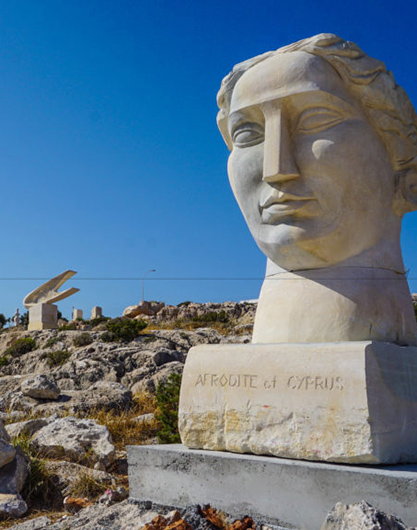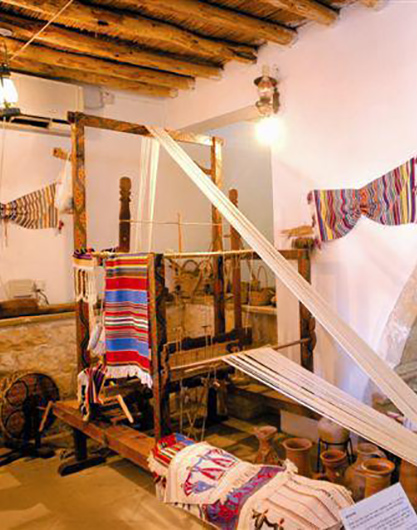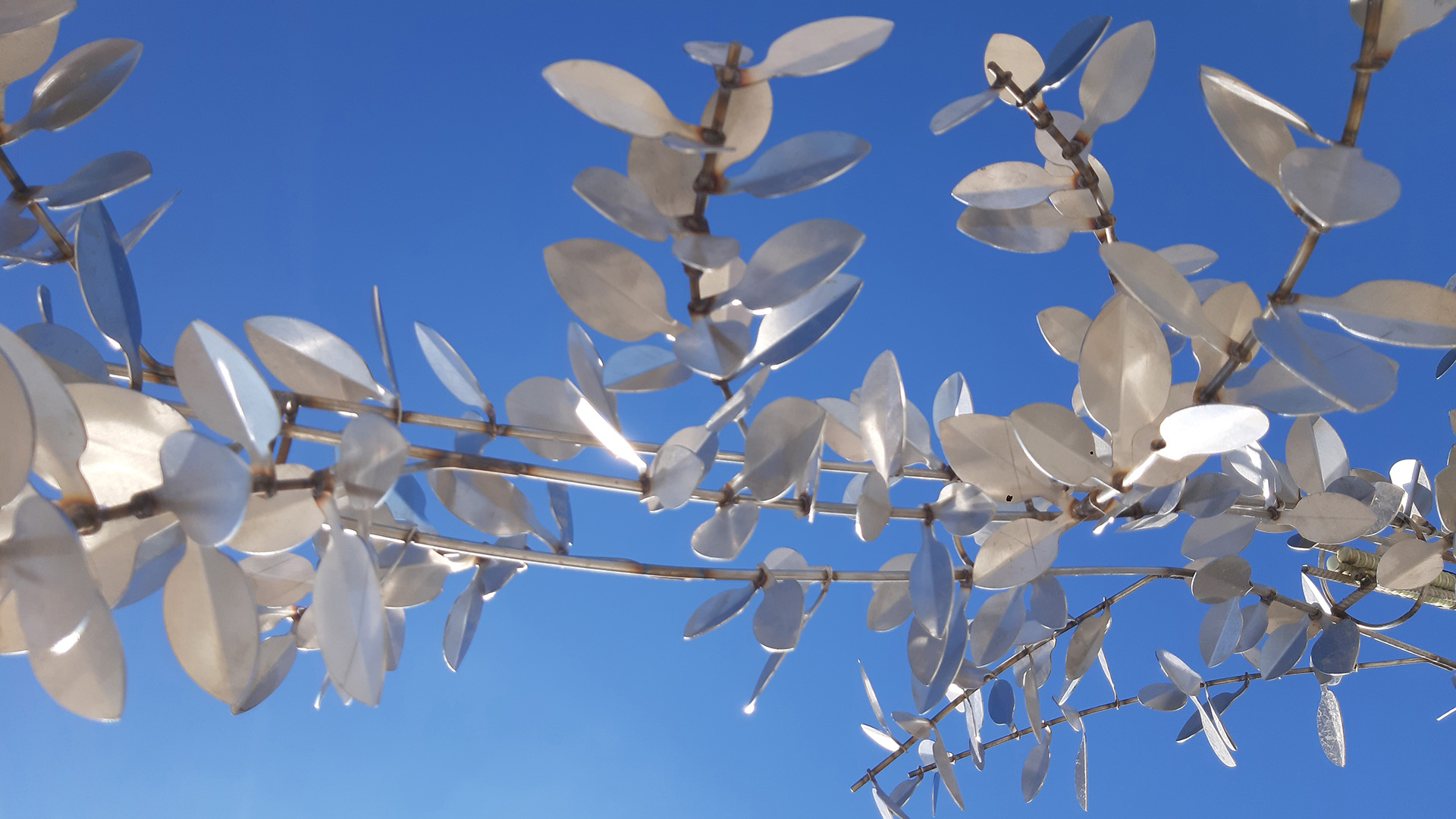A Unique Destination
Explore the ultimate summer destination of Cyprus. Discover Ayia Napa and be surprised of its beauty! Great variety of activities, watersports, museums, parks and historical monuments will make a holiday to remember!
Cape Greco
Located east of Agia Napa and southeast of Protaras, the beautiful and protected National Forest Park and conservation area of Cape Gkreko is a Natura 2000 site that unfolds across 385 hectares of stunning, unspoiled natural landscape. The park incorporates a network of nature trails – lined with Calabrian pine trees and Phoenician junipers – as well as specialist cycling paths, with benches along the way. The two kilometres Aphrodite Nature Trail runs through the southeast coast of the Cape Gkreko promontory, and is part of the Aphrodite Cultural Route that commemorates the island’s link with the Ancient Greek Goddess. Rich in indigenous fauna and flora, approximately 400 different plant species grow in Cape Gkreko. Out of these, 14 are endemic, and another 14 are extremely rare.
The general views from the limestone sea cliffs are spectacular and overlook the crystal clear waters of the region. The area is also highly popular for diving and boat trips to the many caves, where an underwater world awaits discovery. The tiny, whitewashed church of Agioi Anargyroi is also a lovely place to visit, with steps that lead down to a cave by the sea.
SOURCE: http://www.visitcyprus.com


Thalassa Ayia Napa Museum
Named after the Greek word for ‘sea’ – the Thalassa Museum was created to promote awareness of the marine heritage of Cyprus from prehistoric times to the present, and is a modern, interactive museum, housed in a multi¬purpose cultural centre. Pride of place among the exhibits is a life¬size replica of the famous 4th century Greek trading ship ‘Keryneia II’ that sank off the coast of Keryneia around the year 300 BC.
Due to the museum’s design, the ship can be viewed from different levels, including a birds¬eye view – as can the other exhibits, that include pottery and other antiquities. Housed in the basement is a marine life section with various exhibits, from fish and sea mammals to crustaceans, corals, shells and fossils – some dating back 130 million years ago. The museum also functions as an arts exhibition centre, as well as a multipurpose hall for a variety of events and conferences.
SOURCE: http://www.visitcyprus.com
Ayia Napa Sculpture Park / Park of Mediterranean Plants, Cacti and Succulents
Located at the crossroads of Cape Gkreko and Kryou Nerou Avenue, the 20.000 square metres sculpture park and its adjoining cactus park offer a beautiful setting for a stroll with stunning, panoramic views, and benches along the way. The sculpture park consists of a large collection of pieces by over 50 artists from around the world who have participated in the annual Sculpture Symposium held by Agia Napa Municipality.
The expansion of the collection is an ongoing project that is continually being added to, and in 2015, artists from around the world created their sculptures on-site over a period of three weeks, turning the park into an open-air workshop. The Park of Mediterranean Plants, Cacti and Succulents is an extension of the sculpture park and is also an ongoing project to showcase the various cacti and dried plant varieties of the island.
Source: http://www.visitcyprus.com


The Farm House
Get acquainted wich Cypriot tradition and visit the farmhouse in the Monastery Square. The farmhouse symbolises the nostalgic rural traditions of Agia Napa’s past in authentic reconstruction.
The Farmhouse is an excellent insight into the peasant farmer’s simplistic life and his special relationship with the land. The home was the focal point of the farmer’s activities. It was therefore arranged in such a way that served his every need. On the plains, the farmhouse was built of mud-bricks with a big yard and high fence. The houses were single-storey and sometimes two-storey. Their main features were the arches and the large veranda at the front. The spacious double rooms were furnished and decorated with the farmer’s wife’s furniture and utensils; the loom in one corner, the carved cupboards, the consoles, and the high bed with embroidered bedspreads and ornamental plates. In the yard there was the oven, the thread-wheel for water and the plouth.
Apart from working in the fields, the farmer’s wife worked in the house, weaving cloth to clothe her husband and children. She also prepared food and drink for her family. Cypriot women prepared zivania, trahanas, halloumi, soutzioukkos, raisins, must (new wine) and vinegar. Rural life it was a different world from what most of us know today, but here in Cyprus the visitors will notice that many of our rural traditions still continue today. Rural life, as it was, is fully reconstructed at Farmhouse at Agia Napa Festival the last week of September every year.
SOURCE: http://www.ayianapa.org.cy
Medieval Monastery of Agia Napa
The charming Medieval Monastery of Agia Napa stands in the middle of the village and was built in the form of a Medieval Castle around 1500 AD.
The monastery is partially built underground and cut into the rock, surrounded by a high wall. It is dedicated to ‘Our Lady of the Forests’, with the name coming from the Ancient Greek word for wooded valley (‘Napa’) as a result of the area’s past topography.
The monastery was restored in 1950 and in 1978 became an Ecumenical Conference Centre, serving churches in Cyprus and the Middle East. After the re-establishment of the Holy Metropolis Constantia Ammochostos (Famagusta) in 2007, the monastery came under the administration of the Metropolis. A new church – also dedicated to the Virgin Mary – was built in 1994, south west of the monastery. The ancient sycamore tree in front of the south gate is believed to be over 600 years old.
SOURCE: http://www.visitcyprus.com


MUSAN (Museum of Underwater Sculpture Ayia Napa)
The first Underwater Museum in Cyprus created by the famous artist Jason DeCaires Taylor is now open for diving and snorkeling. A place that you will love to visit and explore near Pernera Beach.
Online reservations available.
http://www.musan.com.cy



